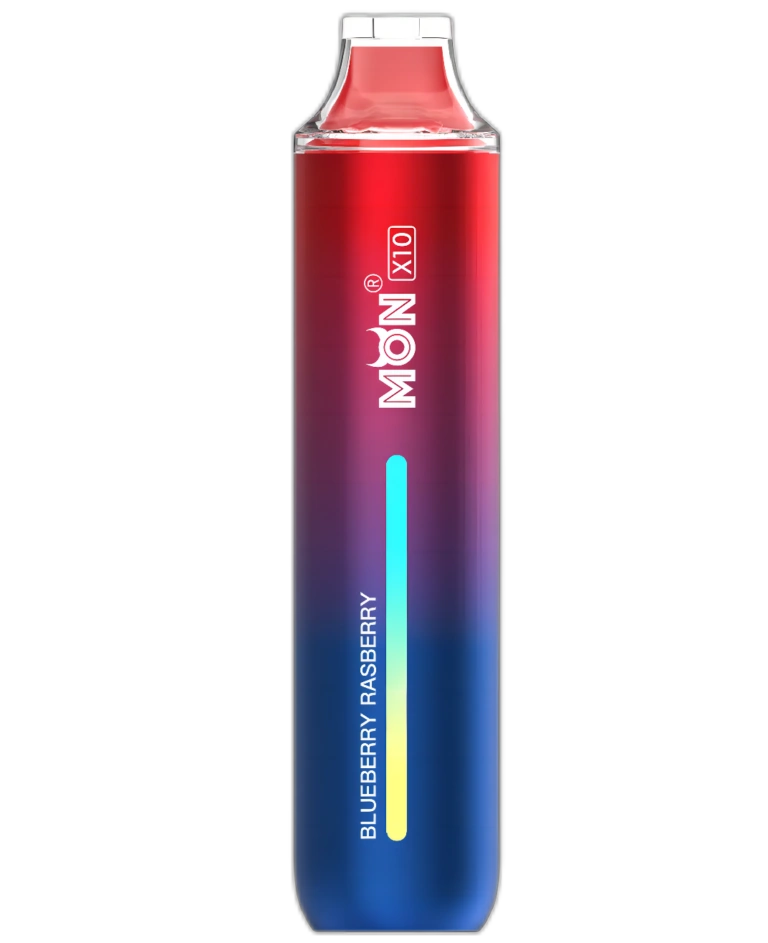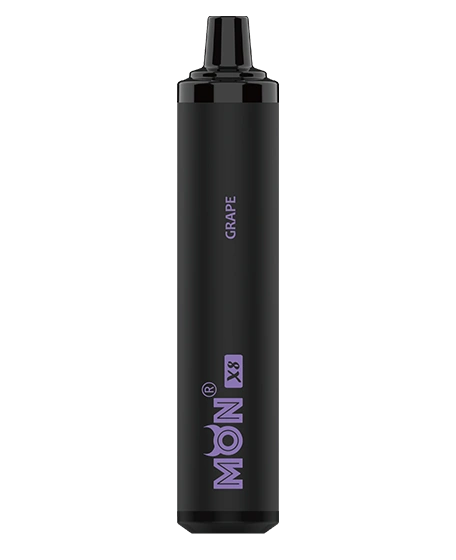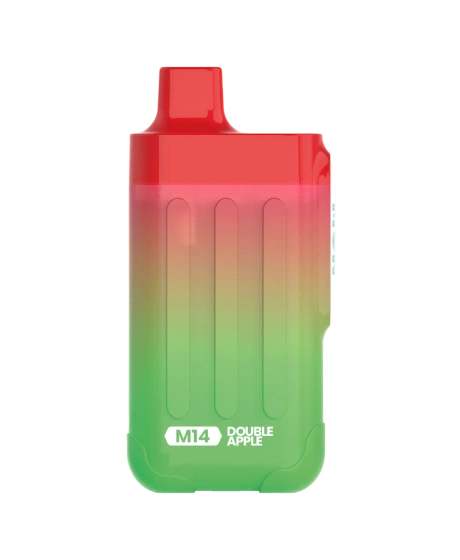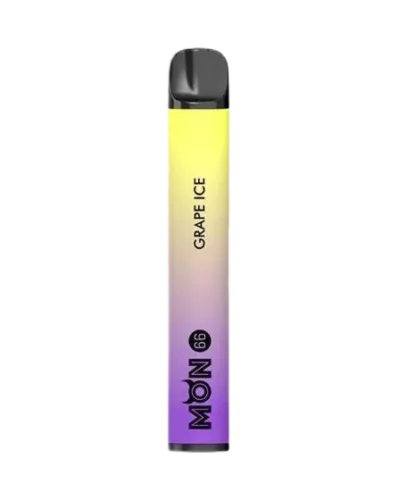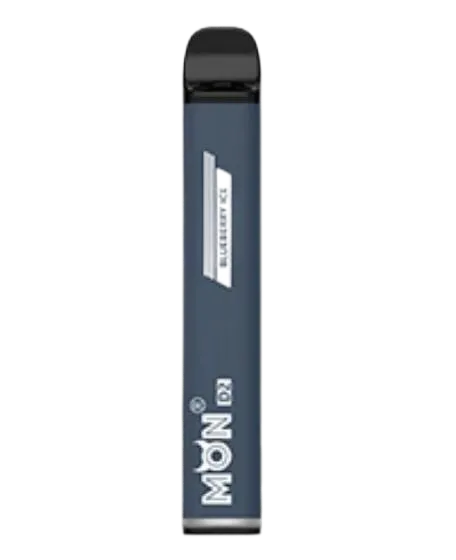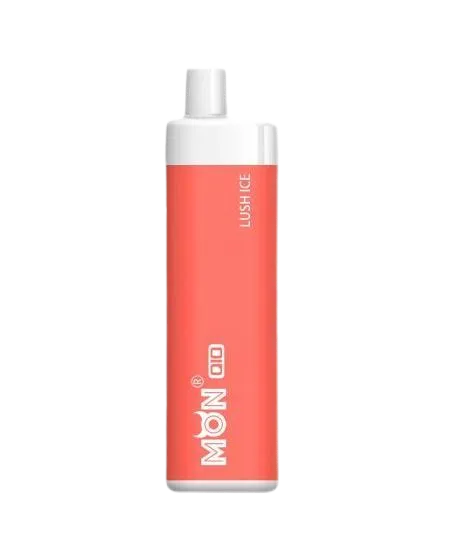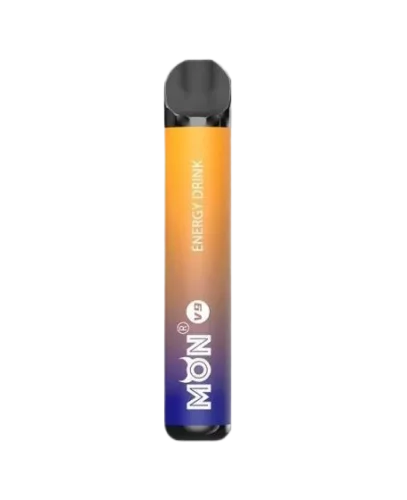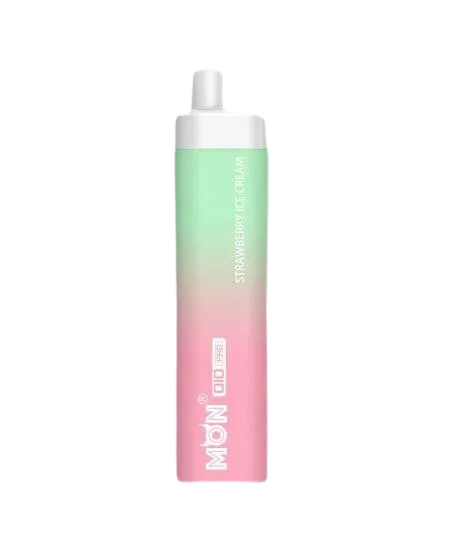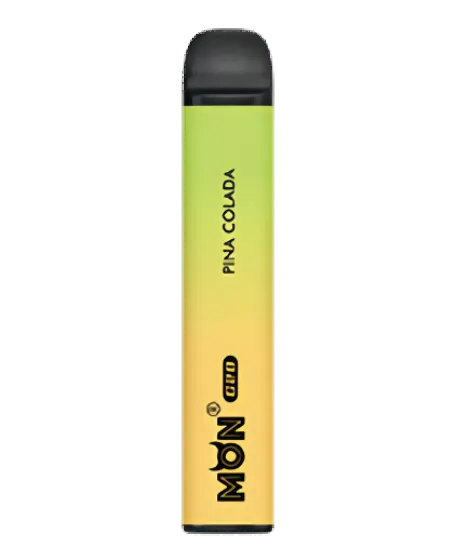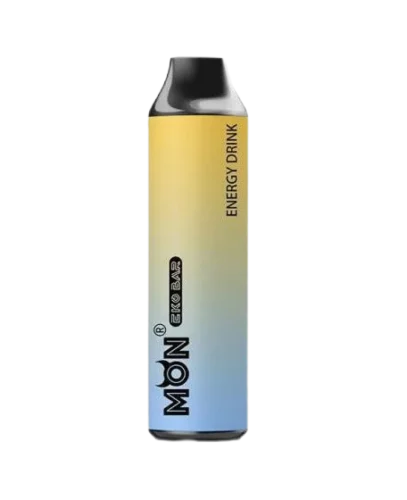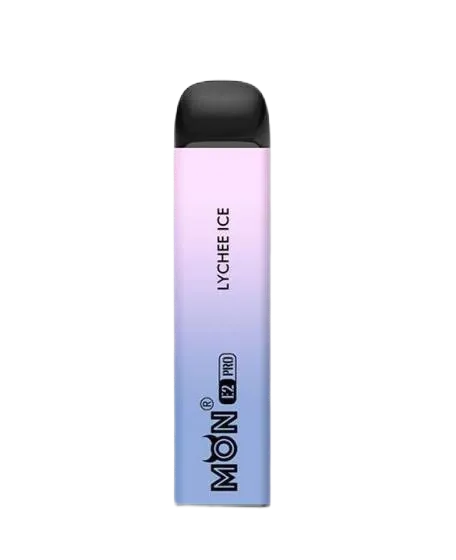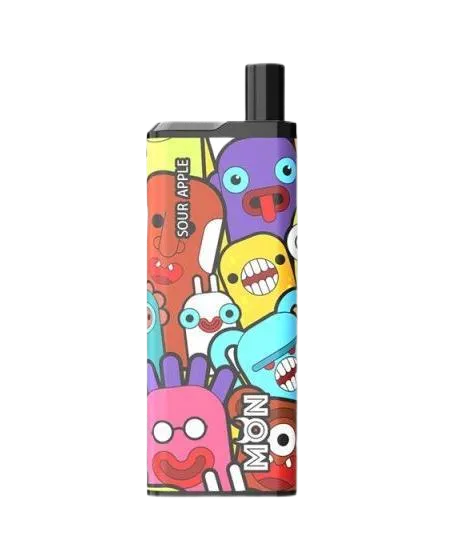| Question:1~10 |
| What are the benefits of using disposable e-cigarettes? |
| How do disposable e-cigarettes compare to regular e-cigarettes in terms of convenience? |
| What are the environmental impacts of using disposable e-cigarettes? |
| Are disposable e-cigarettes more cost-effective than regular e-cigarettes? |
| How do great factories differ from poor factories in terms of producing disposable e-cigarettes? |
| What are the potential health risks associated with using disposable e-cigarettes? |
| Can disposable e-cigarettes be recycled? |
| How does the taste of disposable e-cigarettes compare to regular e-cigarettes? |
| How do the production practices of great factories differ from those of poor factories in relation to disposable e-cigarettes? |
| Are there any regulatory differences between disposable e-cigarettes produced by great factories versus those produced by poor factories? |
- What are the benefits of using disposable e-cigarettes?
Disposable e-cigarettes have a number of benefits over traditional cigarettes and even regular e-cigarettes. They are extremely convenient and easy to use – there is no need to worry about charging, refilling, or maintaining them, and they can simply be thrown away when they are finished. Disposable e-cigarettes are also more discreet than traditional cigarettes, as they produce less smoke and odor. They are also available in a variety of flavors, making them more enjoyable to use for many people. Additionally, disposable e-cigarettes do not contain the tar and carbon monoxide found in traditional cigarettes, which can be harmful to health.
- How do disposable e-cigarettes compare to regular e-cigarettes in terms of convenience?
Disposable e-cigarettes are more convenient than regular e-cigarettes, as they do not require any maintenance or upkeep. With regular e-cigarettes, users need to charge and refill the device, and replace the coil and wick periodically. Disposable e-cigarettes eliminate the need for all of these tasks – they are pre-charged and pre-filled, and can simply be thrown away when they are finished. However, regular e-cigarettes do offer more flexibility in terms of customization, and may be more cost-effective in the long run.
- What are the environmental impacts of using disposable e-cigarettes?
The production and disposal of disposable e-cigarettes can have negative environmental impacts. The majority of disposable e-cigarettes are made from plastic, and are not recyclable. This means that they end up in landfills or oceans, where they can take hundreds of years to decompose. Additionally, the production of disposable e-cigarettes requires energy and resources, which can contribute to greenhouse gas emissions and other forms of pollution.
- Are disposable e-cigarettes more cost-effective than regular e-cigarettes?
Disposable e-cigarettes are generally more expensive on a per-use basis than regular e-cigarettes, as users need to purchase a new device each time they want to use one. However, they may be more cost-effective for occasional users or those who do not want to invest in a reusable e-cigarette. Regular e-cigarettes may be more cost-effective in the long run for frequent users, as they can be refilled and reused multiple times.
- How do great factories differ from poor factories in terms of producing disposable e-cigarettes?
Great factories and poor factories can differ significantly in terms of the quality and safety of their products. Great factories are likely to have more advanced technology and production processes, which can lead to higher quality and more consistent products. They may also invest more in research and development, and in ensuring that their products meet regulatory standards. Poor factories, on the other hand, may cut corners in order to reduce costs, which can lead to lower quality products and potential safety issues.
- What are the potential health risks associated with using disposable e-cigarettes?
While disposable e-cigarettes are generally considered less harmful than traditional cigarettes, they are not without health risks. The liquid used in e-cigarettes can contain nicotine, which is highly addictive, as well as other chemicals that may be harmful to health. Additionally, there have been reports of e-cigarette use leading to lung injuries and other health problems, although the extent of these risks is still being studied.
- Can disposable e-cigarettes be recycled?
Most disposable e-cigarettes are made from plastic and are not recyclable. However, some companies are working on developing more sustainable options, such as using biodegradable materials or offering recycling programs for their products.
- How does the taste of disposable e-cigarettes compare to regular e-cigarettes?
The taste of disposable e-cigarettes can vary depending on the brand and flavor, but they are generally comparable
- How do the production practices of great factories differ from those of poor factories in relation to disposable e-cigarettes?
Great factories and poor factories can differ in their production practices for disposable e-cigarettes in a number of ways. Great factories may have more rigorous quality control processes in place, ensuring that each product meets certain standards. They may also use more advanced machinery and technology to produce the e-cigarettes, resulting in a more consistent product. Great factories may also invest more in research and development to create innovative new products or to improve upon existing ones. Poor factories, on the other hand, may cut corners in order to reduce costs, which can lead to lower quality products and potential safety issues.
- Are there any regulatory differences between disposable e-cigarettes produced by great factories versus those produced by poor factories?
In general, there are no regulatory differences between disposable e-cigarettes produced by great factories versus those produced by poor factories. All e-cigarettes are subject to the same regulations and standards, regardless of where they are produced. However, great factories may be more likely to invest in ensuring that their products meet these regulatory standards, while poor factories may be more likely to cut corners in order to reduce costs. Ultimately, it is up to consumers to do their research and choose products from reputable manufacturers who prioritize safety and quality.

